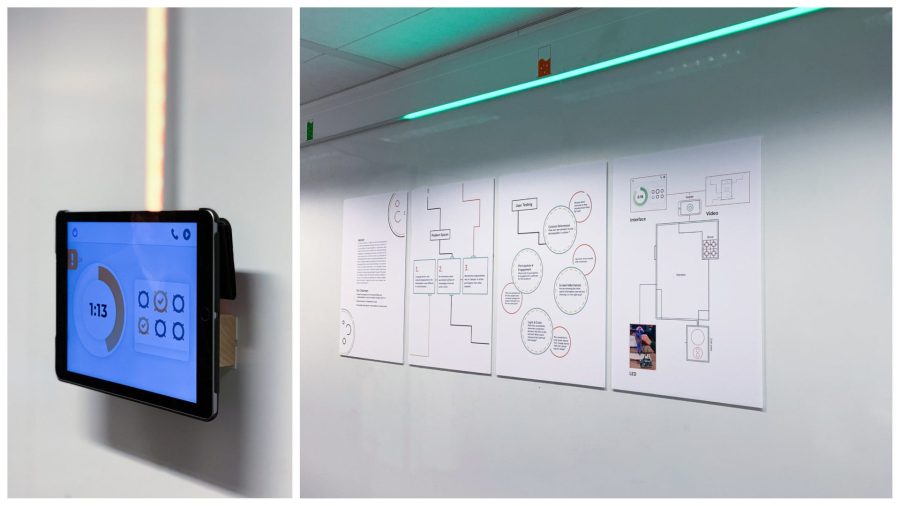Student project by: Boaz Prinzen, Leila Farhood, Lennard Schaack, Matthijs Nolst Trenité
Study Programmee: HvA – Master Digital Design
Client: Enki Energy
Disciplines: UX/UI, Animation, Product Design
Schoolyear: 2019 – 2020
The Challenge
In 2020, Circulate collaborated with a group of students from the HvA Master Digital Design on a 4-week design project, which had Enki Energy as its main client. For this assignment, the students were asked to create a data visualisation tool that facilitated the use and maintenance of the Enki Energy’s biodigester used in a communal kitchen at a housing complex in Amersfoort.
With the creation of such a visualisation tool (in the shape of an interface or dashboard), residents from the housing complex would be able to collectively manage the usage of the biogas produced via the biodigester and also have the necessary information in order to keep the biodigester functioning as expected.
Enki Energy’s biodigester is a biomechanical machine that digests organic waste, such as stale bread, into methane. The methane is used to power the stove of a communal kitchen in a housing complex in Amersfoort. However, the biodigester is located outside the kitchen and residents are not entirely aware of how it works, which results in a few challenges when it comes to cooking in their kitchen. Therefore, the solution needed to reposition a complex system to be manageable and understandable while addressing a user group that is very diverse in cultural backgrounds, language, education and digital literacy. Over the course of four weeks, the students gradually got to know the residents and their needs by visiting their weekly cooking classes. According to the students, the residents were very open to participating in the project and testing the prototypes. This allowed the students to address these challenges and drive them towards a solution that would be tailored specifically to this user group.
Through field and user research, the students uncovered three main problem spaces:
- There was no indication of the remaining gas in the biodigester, which meant residents would begin cooking and then run out of gas in the middle of the process;
- If the biodigester needed to be refilled with bread or there were issues with the system, the maintenance responsibilities rested entirely on only two assigned residents;
- Because the biodigester is not an everyday technology, it was hard to understand how it worked, and this lack of knowledge caused various issues in regard to the biodigester’s maintenance.

The Product
After considering the challenges listed above, the students created an interactive light system that enables residents to understand the biodigester’s process, while also enabling them to take ownership of maintaining the biodigester and the communal kitchen.
Watch how the system works below:
Design Decisions
This system connects the biodigester to the communal kitchen space, with an LED strip leading to the stove. Since this community in Amersfoort is culturally diverse and multilingual, the students chose a form of communication that is universally understood: light and colour, rather than words. The LED strip transitions in color and brightness as the available amount of gas decreases. Therefore, the colour of the LED strip also communicates to residents when they need to take action and refill the biodigester with bread.
A tablet interface is placed above the stove showing the amount of cooking time available. The system calculates the time available based on the number and size of stove burners currently being used. For example, when there is little cooking time left, or there is an error within the biodigester’s system, a notification pops up on the screen giving residents clear instructions on how to proceed in those situations. Enabling the residents with this information helps them divide the gas wisely for their own personal cooking, while also being considerate of the other residents’ needs.

Enki Energy plans to implement this system into the communal kitchen in Amersfoort.
